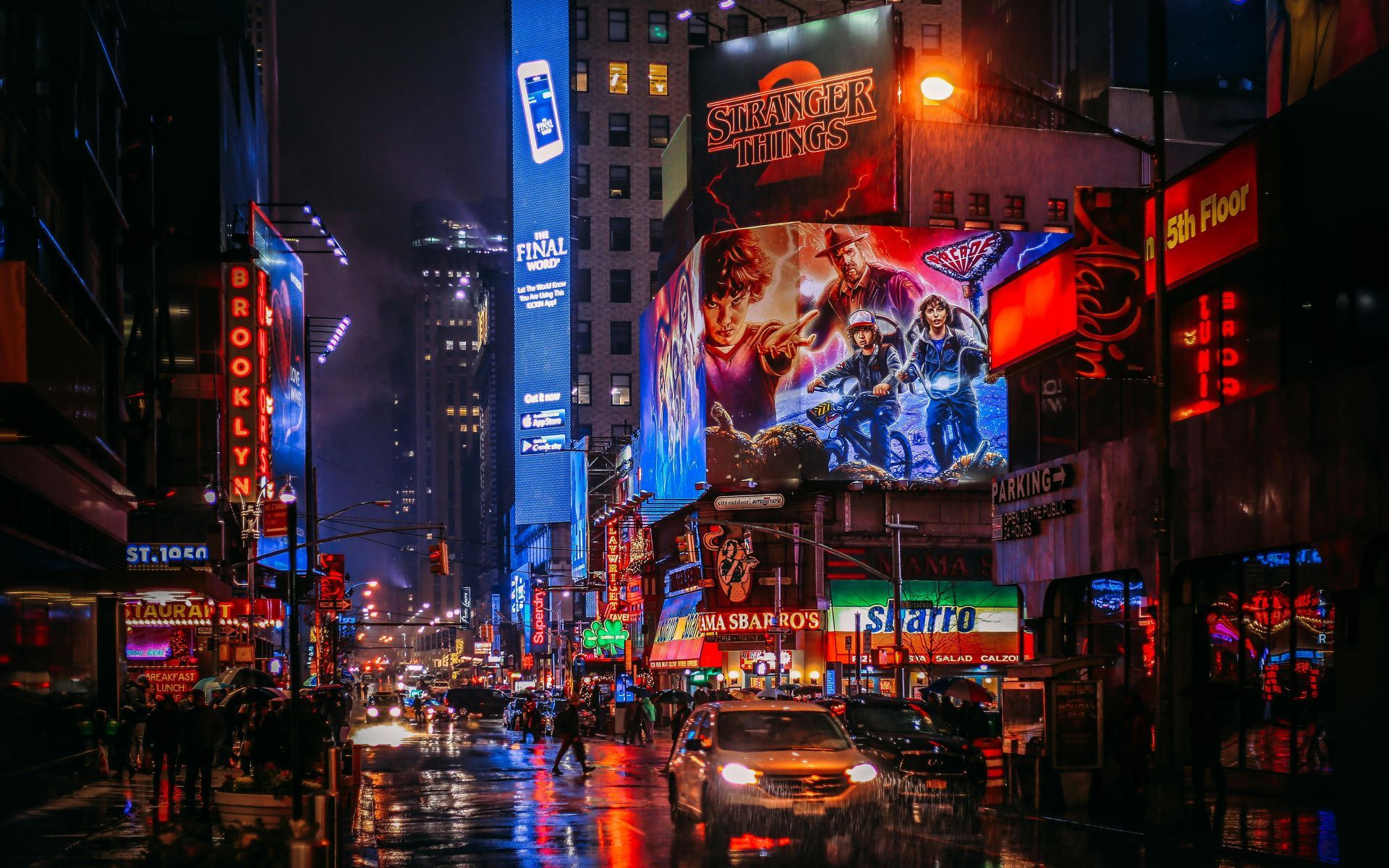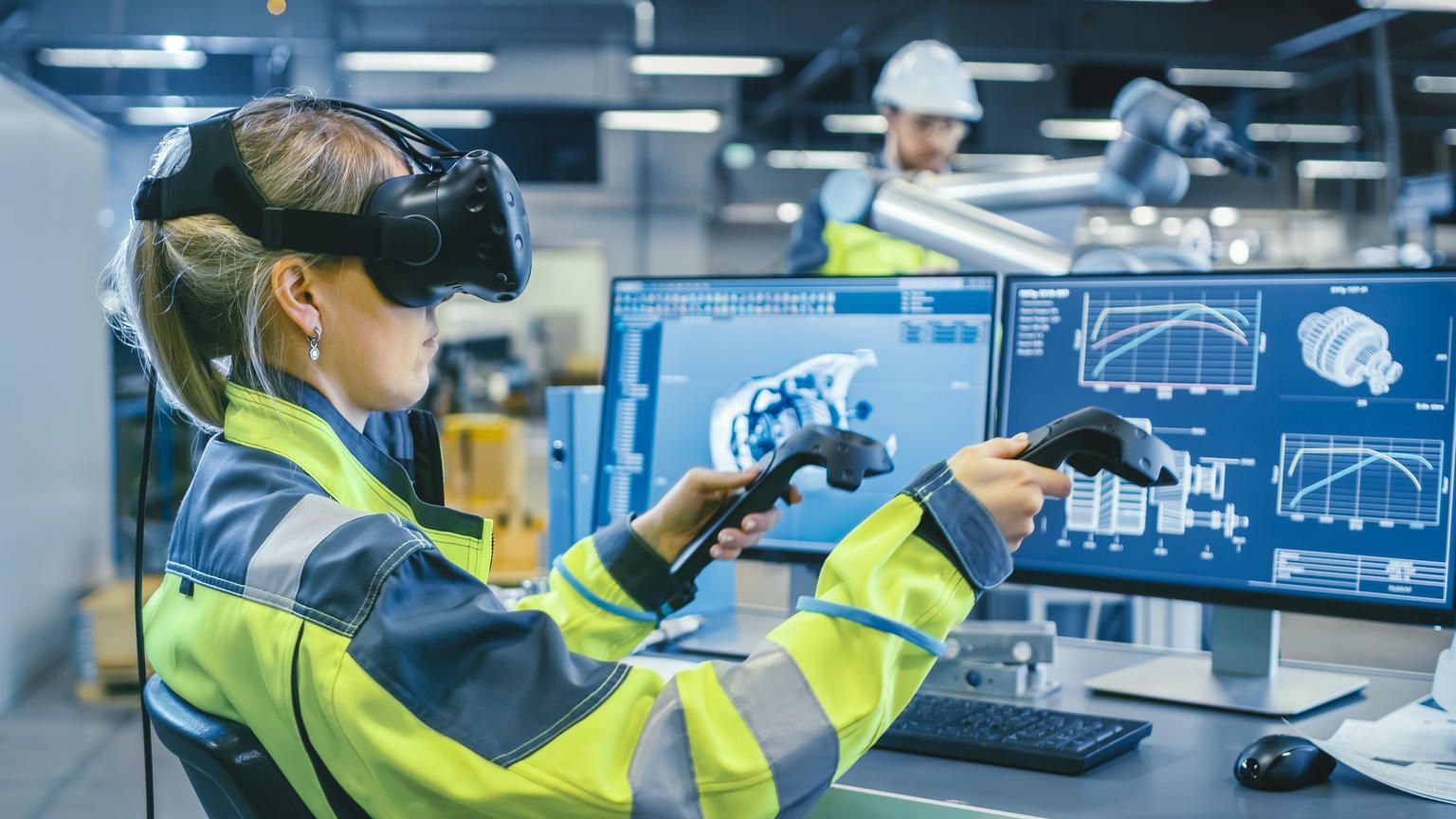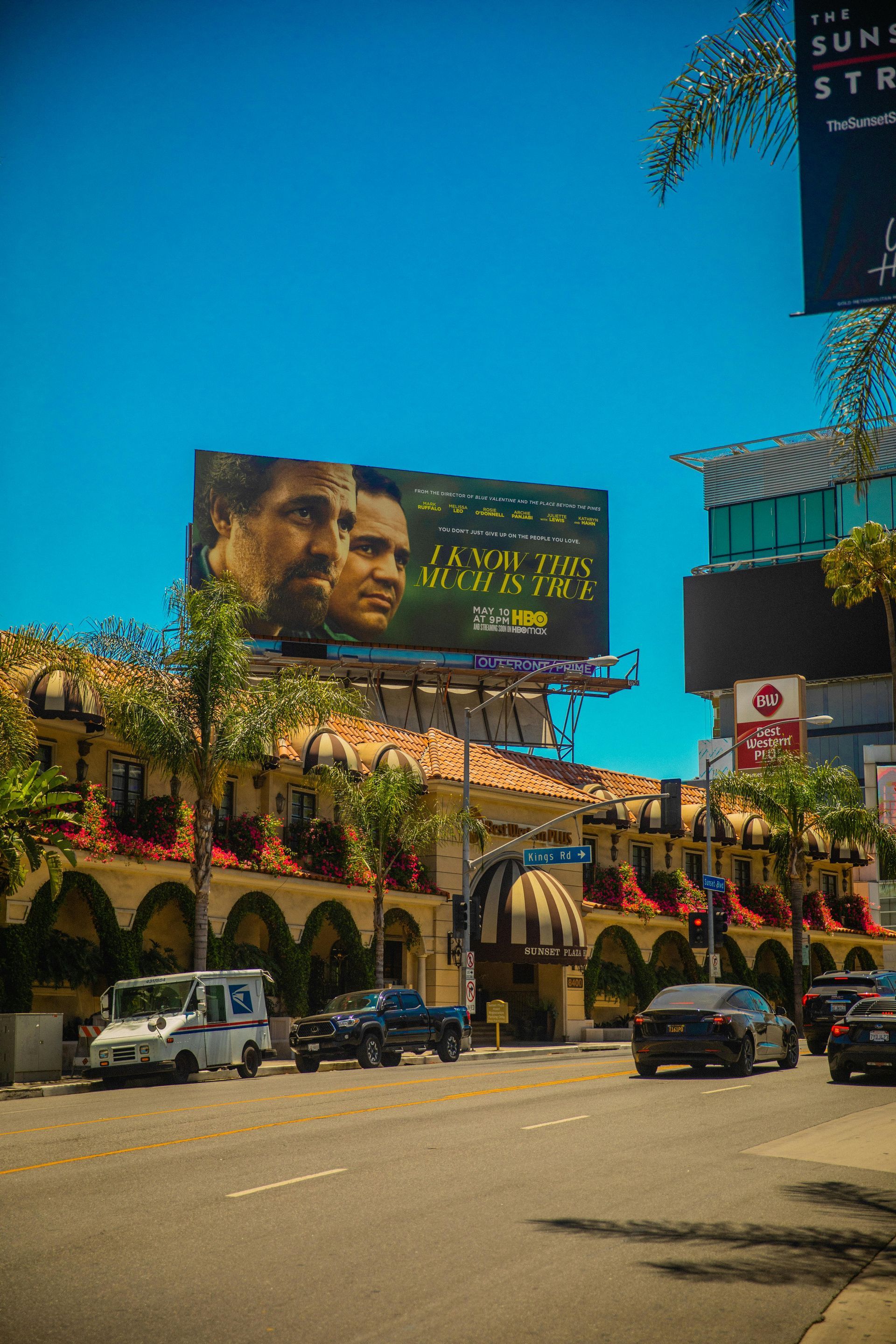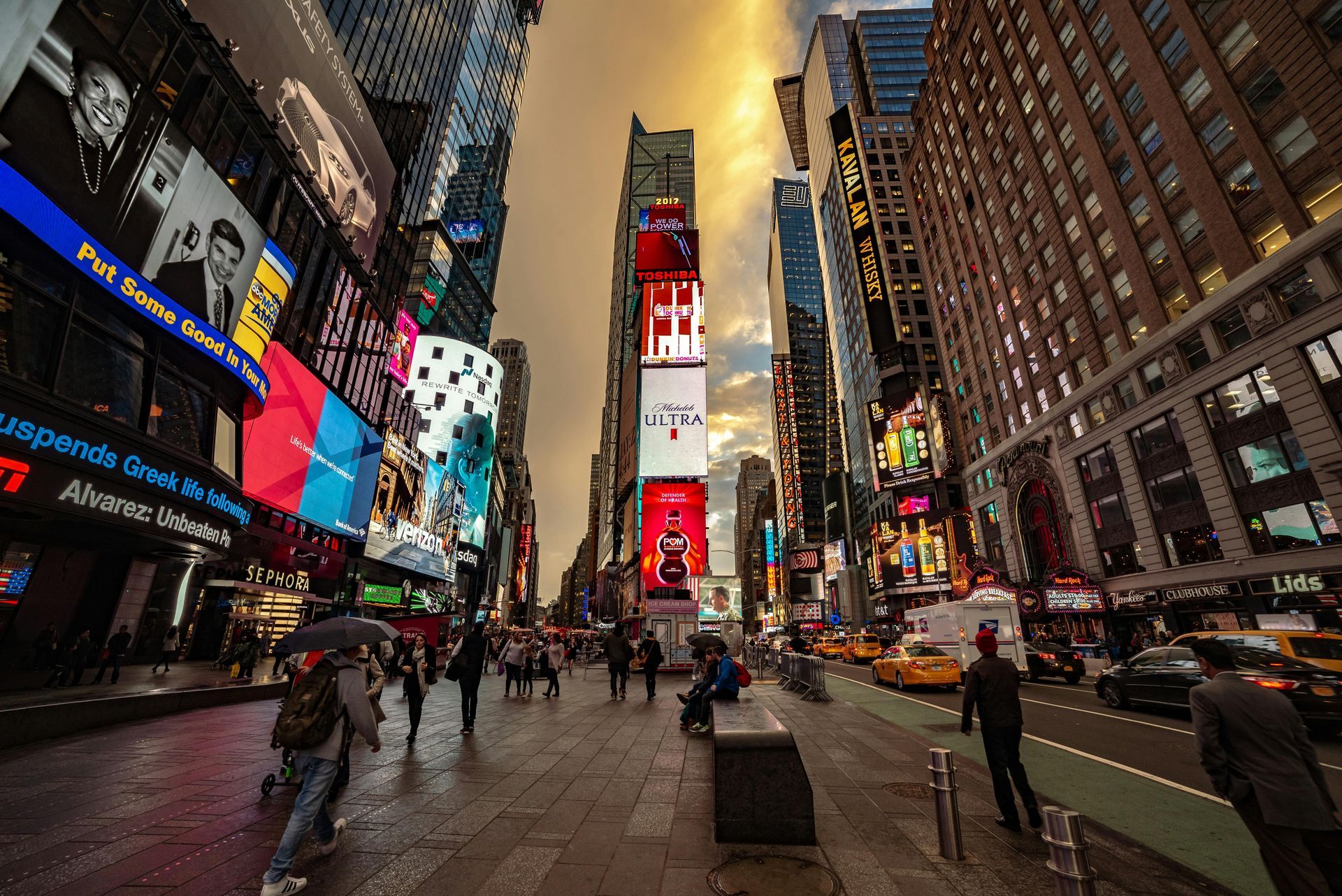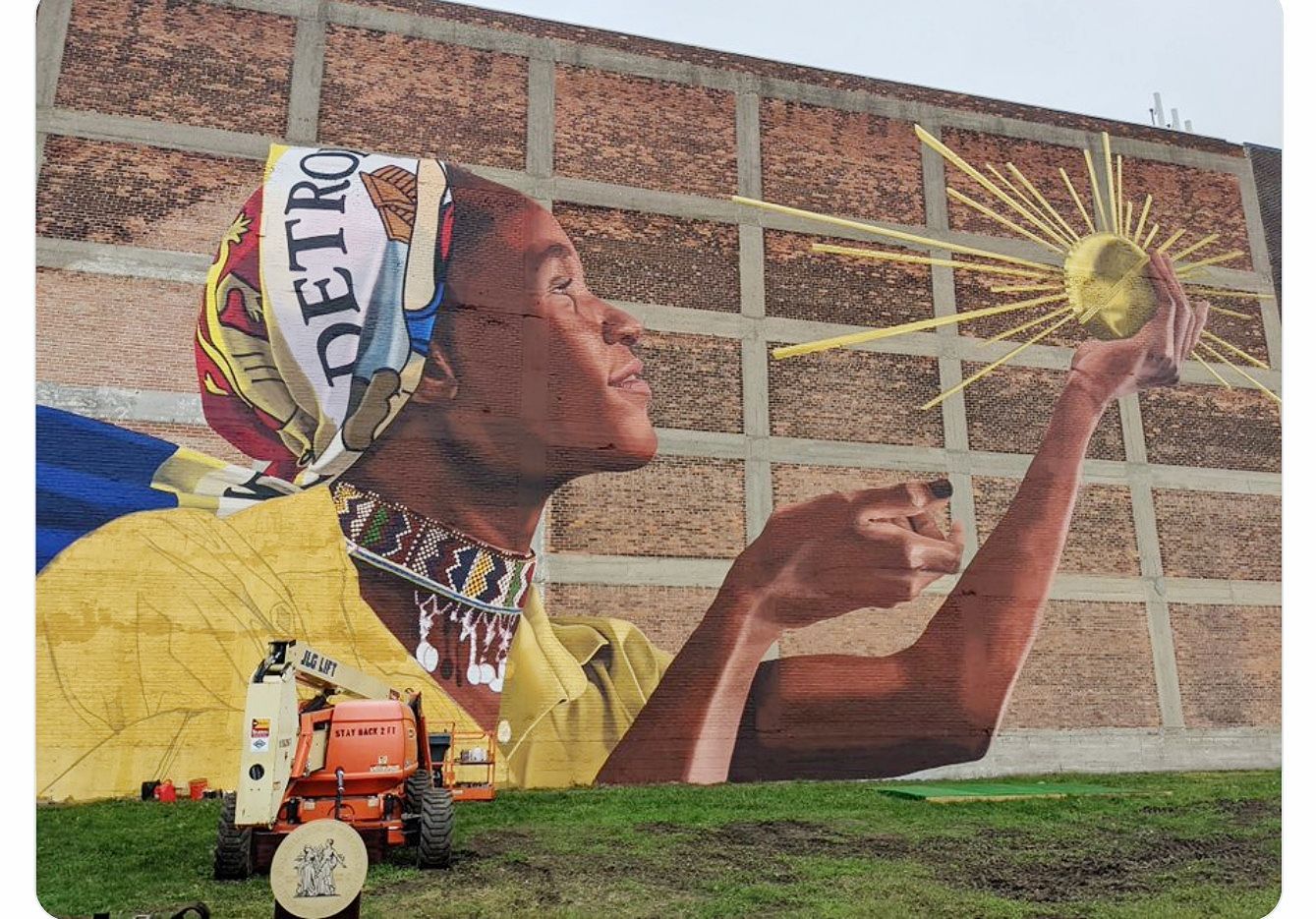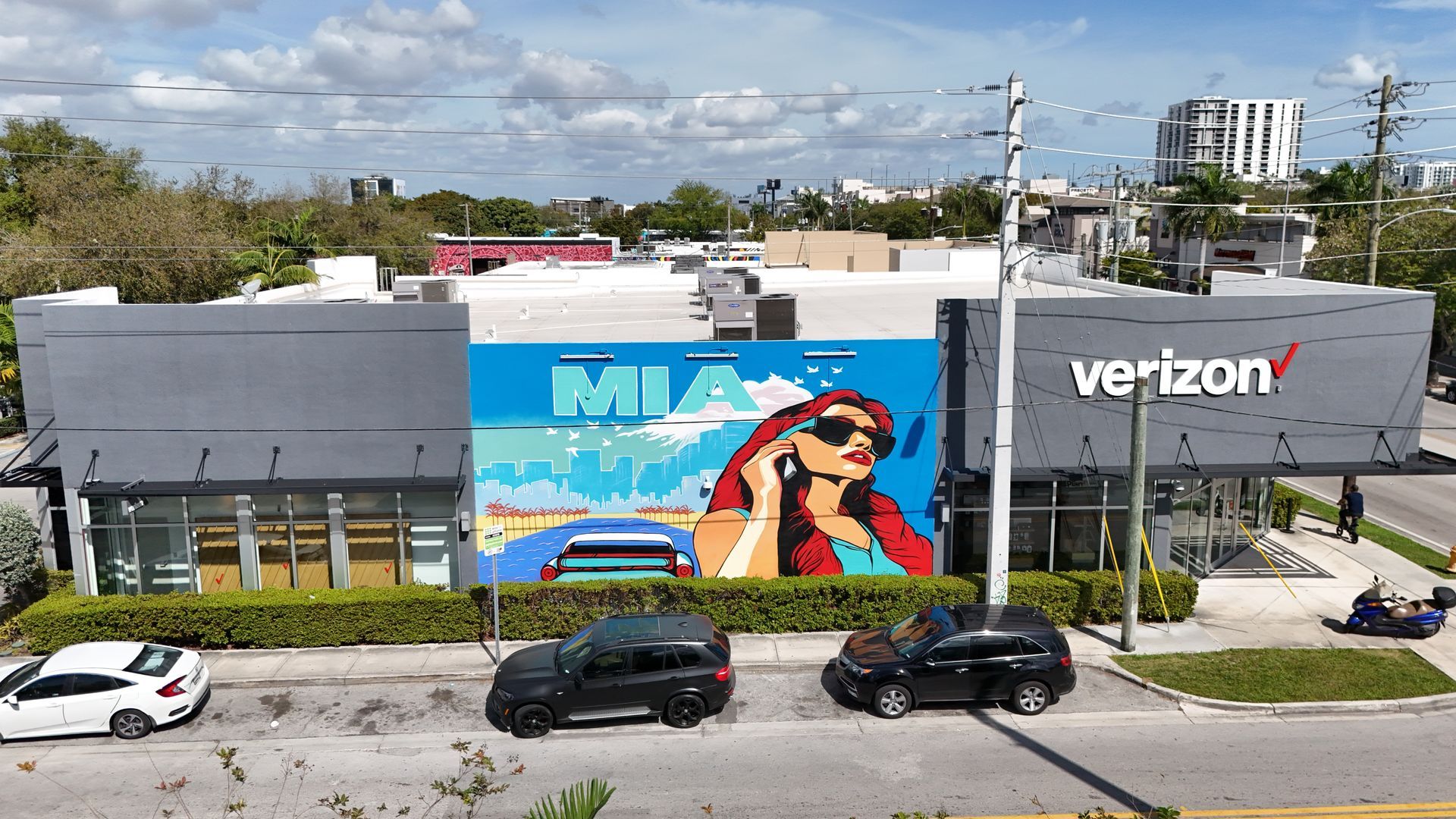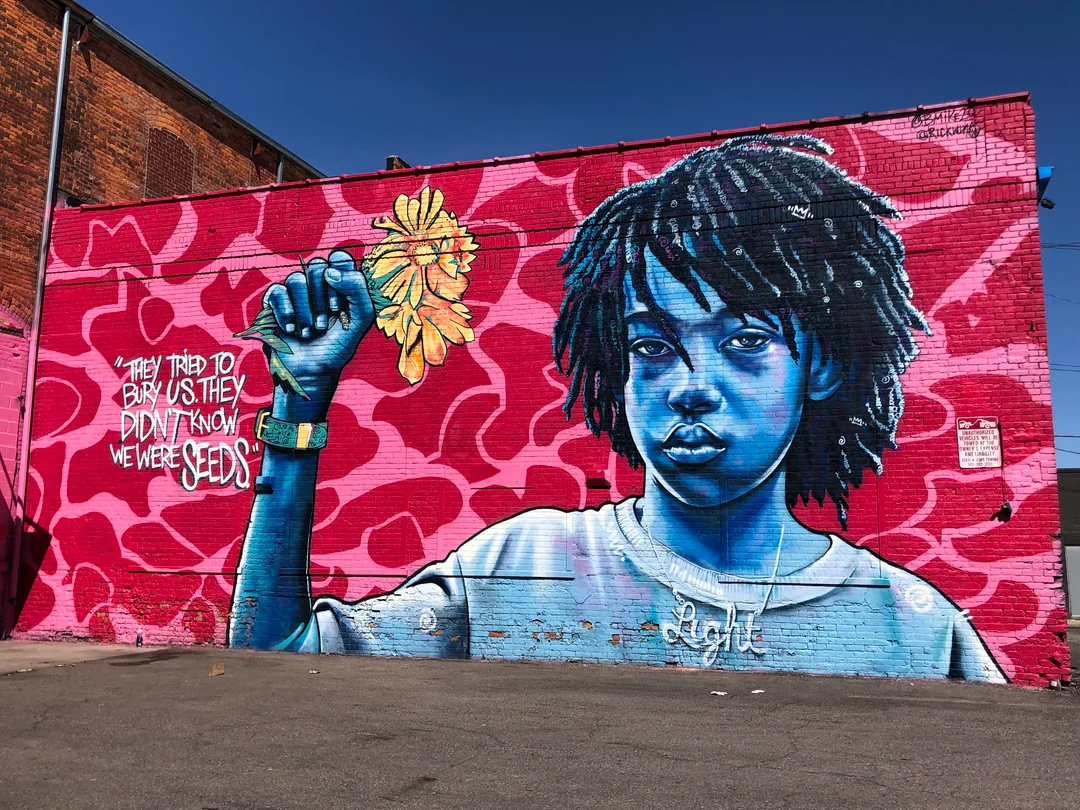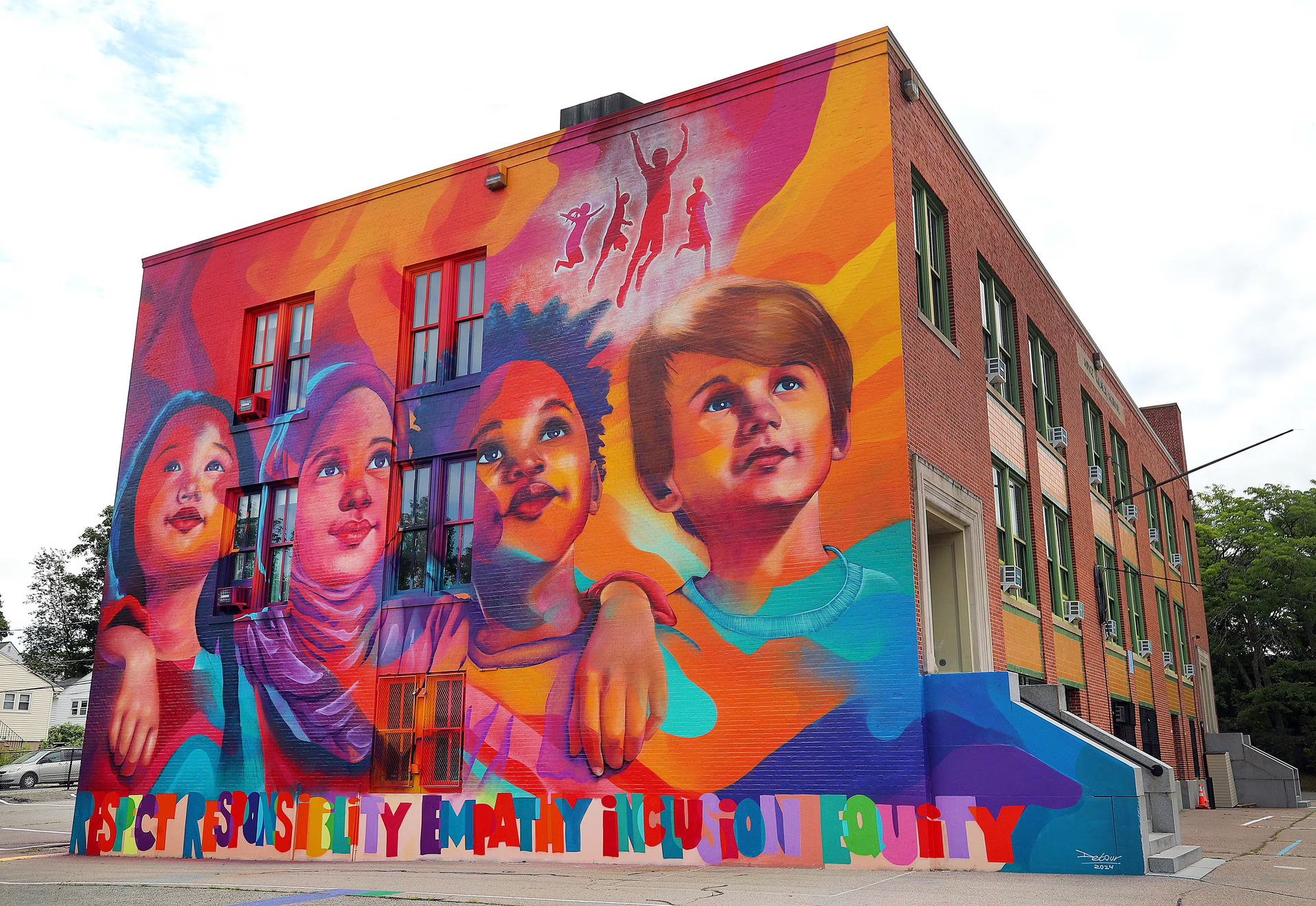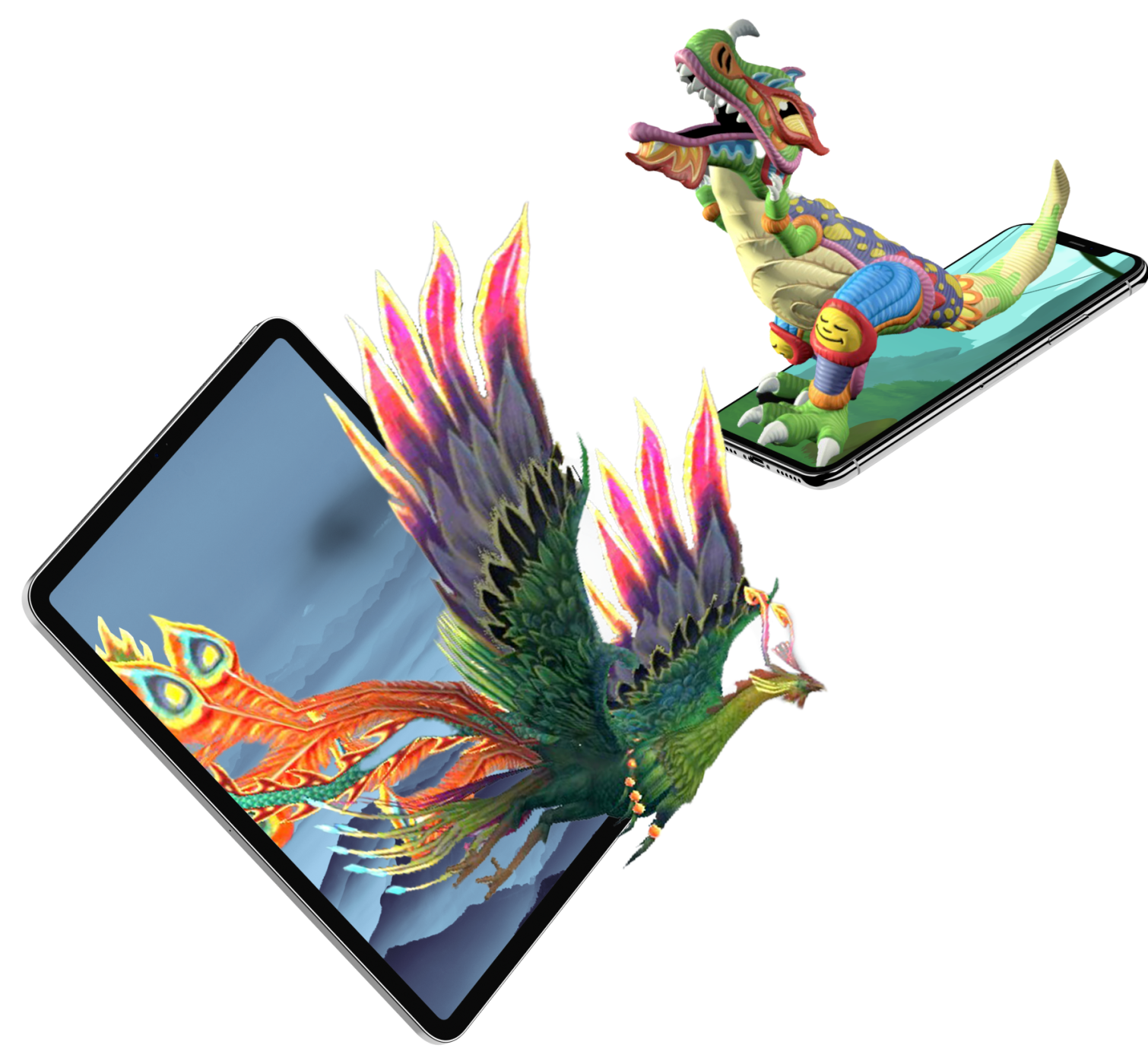Creating Viral Moments with AR Murals: Social Media Strategy Guide
In today's hyper-competitive digital landscape, marketing leaders are constantly searching for innovative ways to break through the noise and create genuine connections with their audience. Augmented Reality (AR) murals represent one of the most exciting frontiers in experiential marketing, offering a perfect blend of physical artistry and cutting-edge digital engagement. This comprehensive guide explores how Fortune 1000 companies can leverage AR murals to create viral moments that amplify brand presence across social media platforms.
The Convergence of Physical Art and Digital Innovation
Augmented Reality has transcended its early novelty status to become a powerful marketing tool that bridges the gap between physical and digital experiences. AR murals transform traditional public art into interactive digital gateways that can surprise, delight, and engage audiences in previously unimaginable ways.
These installations represent more than just eye-catching artwork—they serve as content-creation machines that turn passive observers into active participants and brand advocates. By integrating AR technology with public art, brands can create immersive experiences that resonate emotionally and technologically.
Why AR Murals Are Marketing Gold for Enterprise Brands
1. Creating Unforgettable Brand Experiences
In an era where consumer attention is the most valuable currency, AR murals deliver what traditional advertising cannot: genuine surprise and delight. These immersive, interactive installations combine artistic expression with technological innovation to create truly impactful experiences.
When consumers encounter an AR mural, they're not just seeing another advertisement—they're participating in an experience worthy of sharing. This emotional connection forms the foundation for viral social media moments, as users naturally want to share unique experiences with their networks.
2. Transforming Audiences into Content Creators
The most powerful aspect of AR murals is their ability to transform your audience into a content creation engine for your brand. Each person who interacts with your AR mural becomes a potential content creator, capturing and sharing their experience across multiple platforms.
This user-generated content carries exceptional value:
- It's perceived as more authentic than brand-created content
- It reaches networks that might be otherwise inaccessible to your brand
- It generates organic impressions without additional media spend
- It creates social proof that can influence purchasing decisions
AR murals effectively turn your audience into an extension of your marketing team by enabling fans and followers to market for you through shareable, engaging branded content.
3. Optimizing for Data Collection and Engagement Metrics
Modern marketing leaders understand that data drives decisions. AR murals deliver creative impact and concrete performance metrics that can inform broader marketing strategies.
Through associated AR applications, brands can collect valuable data on:
- User demographics and engagement patterns
- Geographic distribution of interactions
- Time spent engaging with the experience
- Social sharing patterns and reach
- Conversion actions taken after engagement
This rich data ecosystem allows marketing teams to understand the Who, What, Where, When, and how of audience engagement. We know marketers like numbers and graphs, so we've got you covered!
4. Enhanced Brand Visibility Through Strategic Integration
AR murals offer multiple touchpoints for brand integration. From the physical mural itself to the digital experience it unlocks, each element can be strategically designed to showcase sponsor logos, messaging, and media.
This layered approach to brand visibility creates multiple impressions within a single experience:
- The physical mural attracts attention in high-traffic areas
- The AR experience delivers immersive brand messaging
- The shareable content spreads brand awareness across social networks
- The associated digital assets improve search visibility
5. Unmatched Scalability: Design Once, Deploy Infinitely
One of the most compelling advantages of AR murals for enterprise marketing leaders is their scalability. BrandXR can scale the campaign to all formats at no additional costs. The image tracking technology that powers AR experiences allows cameras to detect, track, and augment images in the real world. This means a single AR experience can work across multiple physical formats, including:
- Large-scale murals
- Billboard advertisements
- Promotional merchandise like t-shirts
- Marketing collateral such as stickers
- Brand-relevant products like skateboards
This "design once, deploy infinitely" approach delivers exceptional ROI by eliminating the need for multiple creative executions across different formats.
Crafting Your AR Mural Social Media Strategy
Now that we understand the fundamental benefits, let's explore the strategic approach to maximizing social media impact with AR murals.
1. Defining Clear Objectives and KPIs
Before launching an AR mural campaign, establish clear objectives and key performance indicators that align with broader marketing goals:
- Brand awareness metrics: Impressions, reach, and social mentions
- Engagement metrics: Interactions, time spent, and social shares
- Conversion metrics: App downloads, website visits, or promotional redemptions
- Sentiment metrics: Positive reactions, comments, and brand perception shifts
By establishing these benchmarks in advance, you can measure the true impact of your AR mural campaign beyond just the "wow factor."
2. Strategic Location Selection for Maximum Impact
The physical placement of your AR mural significantly influences its potential for creating viral moments. Consider these factors when selecting locations:
- High-traffic urban areas with strong social media usage demographics
- Locations with natural photography appeal and good lighting conditions
- Places that have contextual relevance to your brand or campaign message
- Areas where dwell time is naturally higher, allowing for greater interaction
- Locations with reliable network connectivity to support the AR experience
The intersection of these factors creates ideal conditions for social sharing and viral potential.
3. Designing for Social Media Shareability
Not all AR experiences are created equal when it comes to shareability. Design your AR mural experience with specific social platform behaviors in mind:
- Create "wow moments" that deliver genuine surprise and encourage recording
- Incorporate user participation that makes each experience unique
- Design visual elements that frame well within vertical and horizontal social formats
- Include branded hashtags and social handles directly within the AR experience
- Build in natural pauses that allow users to capture high-quality content
The most successful AR murals create what marketing experts call "social currency"—experiences that make the sharer look good to their network through association.
4. Platform-Specific Optimization Strategies
Different social platforms require tailored approaches to maximize engagement:
Instagram:
- Create visually stunning moments that work well with filters and Stories
- Design vertical experiences optimized for Reels and Stories formats
- Incorporate interactive elements that encourage tagging and sharing
TikTok:
- Develop AR experiences that include music or sound effects
- Create challenges or transformations that align with TikTok's creative culture
- Design for the platform's younger demographic preferences
LinkedIn:
- Incorporate professional development or industry innovation angles
- Create experiences that showcase thought leadership in technology
- Design content that professionals would be proud to share with their networks
Twitter:
- Build in easily quotable moments or statistics
- Create experiences that connect to trending conversations
- Design for quick, impactful sharing that drives conversation
5. Amplification Through Influencer Collaboration
Strategic influencer partnerships can dramatically increase the reach and impact of your AR mural campaign:
- Select influencers whose audience demographics align with campaign objectives
- Brief influencers on the technical aspects of capturing the AR experience effectively
- Encourage authentic storytelling around the experience rather than scripted promotion
- Consider geographically diverse influencers if your AR mural appears in multiple locations
- Leverage influencer content across owned channels to maximize campaign assets
The right influencer can serve as both a content creator and distribution channel, accelerating the viral potential of your AR mural.
6. Sustaining Momentum Through Content Calendaring
While the initial launch of an AR mural often generates significant engagement, sustaining momentum requires strategic content planning:
- Schedule regular content releases showcasing different aspects of the AR experience
- Highlight compelling user-generated content to encourage more participation
- Create behind-the-scenes content about the mural's development
- Plan content around relevant cultural moments or holidays
- Develop a content series that explores different features of the AR experience
This approach transforms a single AR mural into an ongoing content ecosystem that continues delivering value long after the initial installation.
Measuring Success and Optimizing Performance
The true value of AR mural campaigns comes from the ability to measure performance and refine future executions. Consider these approaches to comprehensive measurement:
1. Holistic Attribution Modeling
Develop attribution models that connect AR mural engagement to broader marketing objectives:
- Track user journeys from AR interaction to website visits and conversions
- Analyze social listening data to measure brand sentiment shifts
- Compare engagement metrics across different physical locations
- Measure earned media value generated through organic sharing
2. Competitive Benchmarking
Establish how your AR mural campaign performs relative to industry standards:
- Compare engagement rates to industry averages for experiential marketing
- Benchmark social sharing rates against similar interactive campaigns
- Evaluate cost-per-engagement against traditional and digital alternatives
- Assess brand lift metrics compared to traditional out-of-home advertising
3. Iterative Optimization
Use performance data to continuously improve your AR mural strategy:
- A/B test different AR experiences to identify highest-performing elements
- Optimize technical aspects based on user feedback
- Refine physical placement strategy based on engagement patterns
- Evolve creative direction based on social sharing analytics
Conclusion: Leading the Future of Experiential Marketing
As the marketing landscape evolves, AR murals represent a perfect synthesis of physical presence and digital engagement—a blend that's increasingly vital for brands seeking meaningful connections with their audiences.
AR murals deliver exceptional value for enterprise marketing leaders by creating experiences that surprise and delight, turning audiences into content creators, collecting valuable engagement data, enhancing brand visibility, and scaling efficiently across formats.
The brands that will lead in this space understand that AR murals aren't just another marketing tactic—they're a comprehensive strategy for creating authentic connections that translate into powerful social currency, expanded reach, and lasting brand impact.
In a world where attention is scarce and authentic engagement is precious, AR murals offer what few other marketing channels can: genuine moments of wonder that people naturally want to capture, share, and remember. For the forward-thinking marketing leader, that's a competitive advantage worth investing in.
TALK TO A PRO
We're here to bring your brand to life!
Stay Connected with BrandXR
Create Augmented Reality for Free!
Create, Publish, and Measure 3D Augmented Reality Experiences Without Having to Code.
